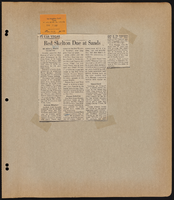Search the Special Collections and Archives Portal
Search Results
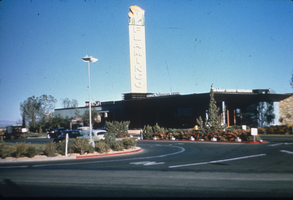
Slides of the Flamingo Hotel, Las Vegas, circa 1940s
Date
1940 to 1949
Archival Collection
Description
The Flamingo Hotel in Las Vegas, Nevada. Automobiles can be seen parked outside.
Image
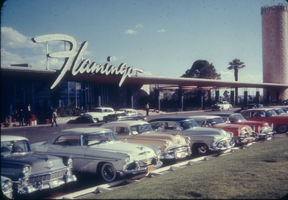
Slide of cars at the Flamingo Hotel, Las Vegas, circa late 1950s
Date
1956 to 1959
Archival Collection
Description
An image of cars parked outside the Flamingo Hotel in the daytime.
Image
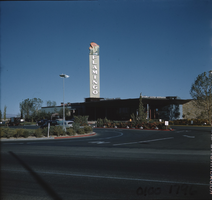
Film transparency of Flamingo Hotel and Casino, Las Vegas, circa late 1940s
Date
1946 to 1949
Archival Collection
Description
An image of an exterior view of the Flamingo Hotel and Casino during the day.
Image
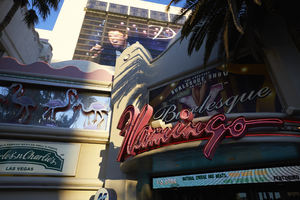
Signage at the Flamingo can on the Strip, Las Vegas, Nevada: digital photograph
Date
2017-02-28
Archival Collection
Description
Signage at the Flamingo hotel and casino on the Strip.
Image
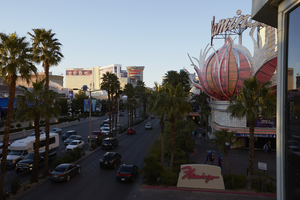
Signage at the Flamingo can on the Strip, Las Vegas, Nevada: digital photograph
Date
2017-02-28
Archival Collection
Description
Signage at the Flamingo hotel and casino on the Strip.
Image
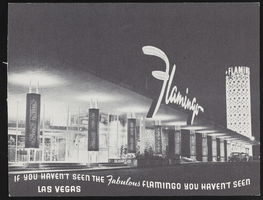
Flamingo hotel: photographic print
Date
1950 (year approximate) to 1960 (year approximate)
Archival Collection
Description
Despicted is a front view of the Flamingo Hotel with the caption, "If you haven't seen the Fabulous Flamingo you haven't seen Las Vegas".
Image
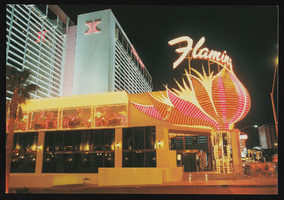
Flamingo Hilton Hotel and Casino, image 011: postcard
Date
1946 (year approximate) to 2000 (year approximate)
Archival Collection
Description
Flamingo Hilton, Las Vegas Strip
Image

Flamingo Hilton Hotel and Casino, image 012: postcard
Date
1946 (year approximate) to 2000 (year approximate)
Archival Collection
Description
Flamingo Hilton and Tower, Las Vegas, Nev.
Image
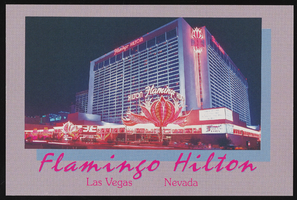
Flamingo Hilton Hotel and Casino, image 013: postcard
Date
1946 (year approximate) to 2000 (year approximate)
Archival Collection
Description
Flamingo Hilton, Las Vegas, NV
Image
Pagination
Refine my results
Content Type
Creator or Contributor
Subject
Archival Collection
Digital Project
Resource Type
Material Type
Place
Language
Records Classification

